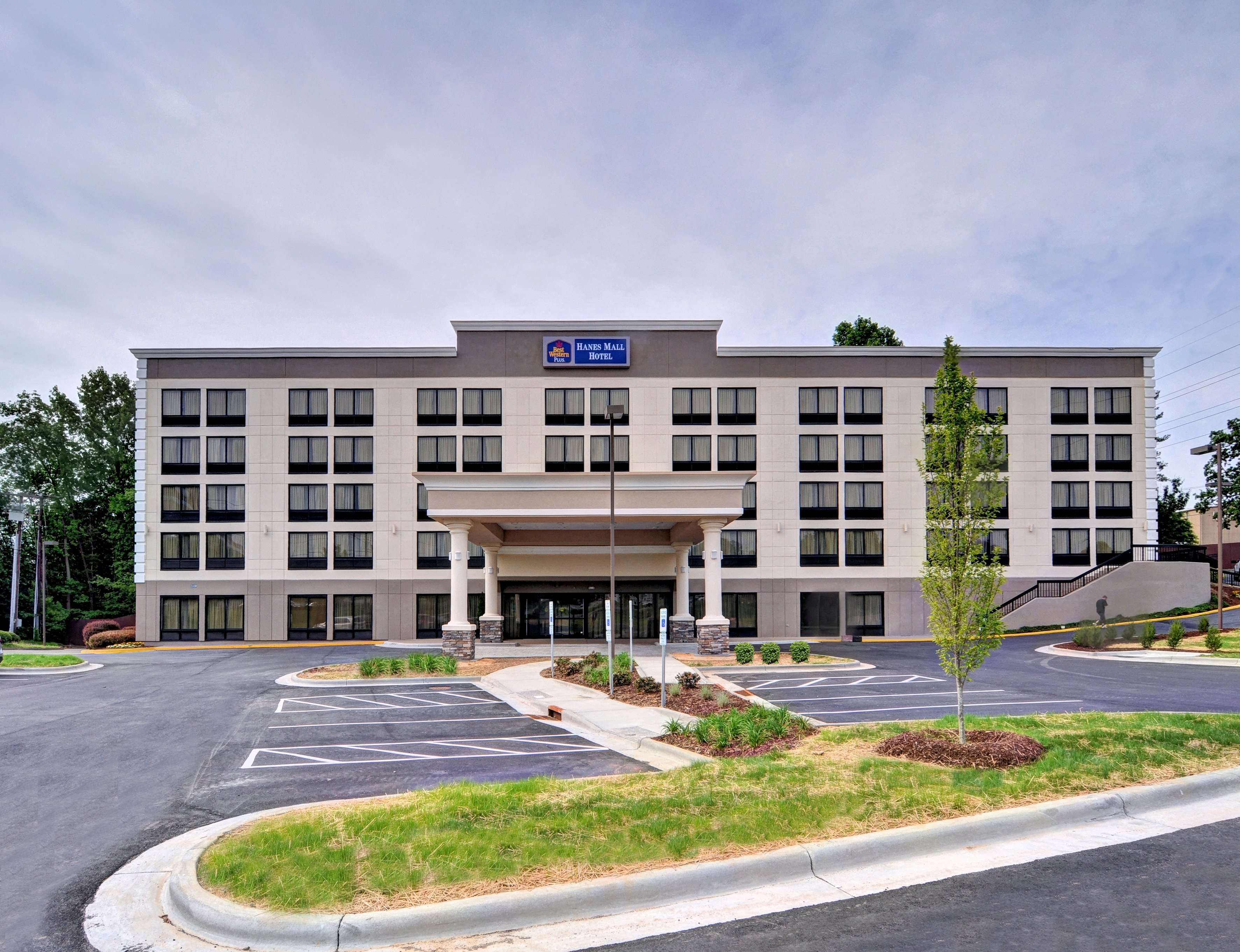
However, with the advent of algorithms based on correlation Fua93a, graph-cut Boykov01b Among these approaches, contour-based ones became popular in the 1980s Medioni85 Ayache87 Meygret90 because they made it possible to reason about contour continuity and impose additional geometric constraints. Unfortunately, it only matched a very small proportion, typically less than 1%, of the image points and in relatively narrow baseline stereo pairs. For example, as early as in 1988, the system of Hannah88 achieved precisions in the order of half a pixel in disparity, which has not been improved much since Schonberger17. An additional strength of these algorithms was that, because features could be detected to subpixel-accuracy, good reconstruction accuracy could be achieved. In the early days of computer vision, computational power was very limited and such feature-based stereo-reconstruction techniques arose from the need to limit the computational requirements by operating only on a small fraction of the image.

Green blocks in the depicted figure represent the stages that are learned from annotated training data. At the final stage, depth value for every detected dislocation pixel is computed using disparity estimations. Later, features of UNet are provided to a 3D CNN in order to compute horizontal disparity between corresponding dislocation segments. Dislocation segments are detected using UNet Ronneberger15 in the second stage. In the first step, images are aligned such that the tilt axis is approximately vertical and at the image center.
#Winston salem hotels manual
Unfortunately, state-of-the-art methods Jacome12 Jacome18 Oveisi17a Oveisi18a still involve substantial manual intervention for line detection and matching.įigure 1: Stereo reconstruction processing steps. An alternative is to use stereography instead. This is time consuming and usually delivers a data volume from which the dislocations still have to be traced manually. The traditional approach to recovering the third dimension is to tilt the sample with respect to the electron beam, to capture dozens of views, and to perform tomographic reconstruction DeRosier1968 Weyland15 Midgley2009 Sharp2008 Barnard2006a. Reconstruction of dislocations from stereo pairs of TEM images. Making any prior assumption on 3D shapes. Stereo pairs by utilizing deep convolutional neural networks (CNNs) without

We propose a fullyĪutomated pipeline for both detection and matching of curvilinear structures in Intervention and shape priors for accurate 3D estimation. Methods lower the number of required images to two, they still require human Tilt angles and similar imaging conditions.

Information of dislocations is often obtained by tomography which is aĬumbersome process since it is required to acquire many images with different Of great importance for understanding the properties of materials. Transmission electron microscopy (TEM) and their 3D structural information is Crystallographic defects, i.e., dislocations, are one of theĬurvilinear structures that have been repeatedly investigated under Curvilinear structures frequently appear in microscopy imaging as the object


 0 kommentar(er)
0 kommentar(er)
